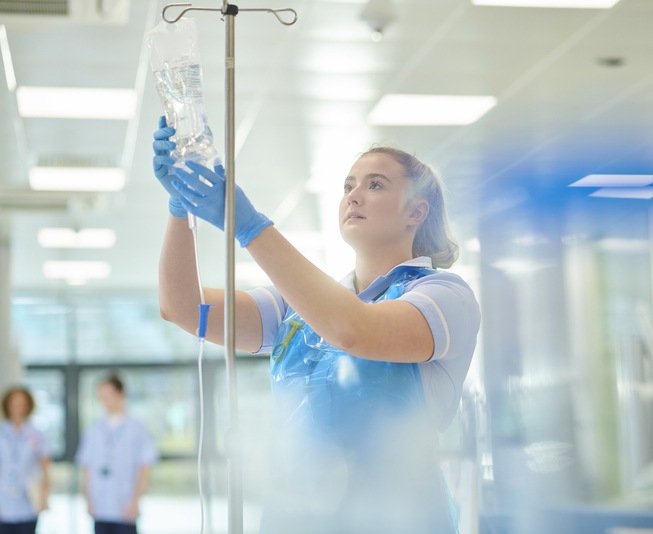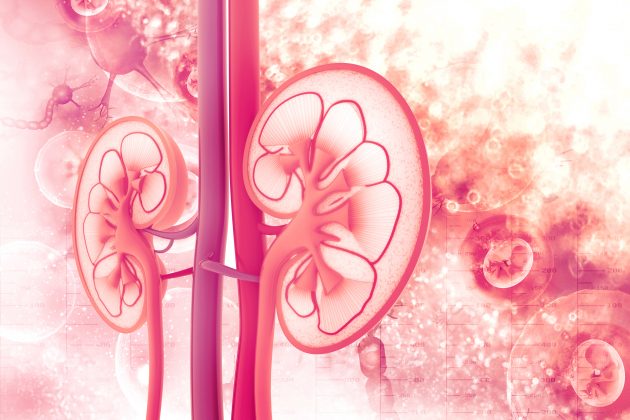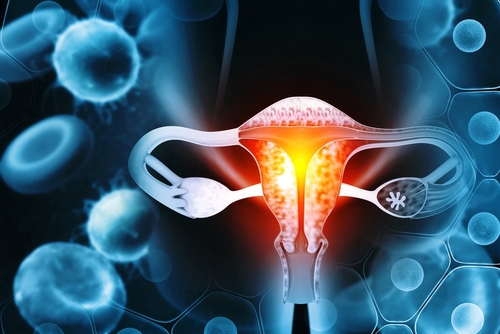ANNA 2021 National Symposium
Primary hyperoxaluria type 1 (PH1) is a rare genetic disorder that is characterized by hepatic oxalate overproduction, recurrent kidney stones, nephrocalcinosis, progressive kidney failure, and multiorgan damage from systemic oxalosis. ILLUMINATE-B is an open-label, phase 3 study of lumasiran in young children with PH1. Lumasiran is a subcutaneous investigational RNAi therapeutic that reduces hepatic oxalate production by targeting glycolate oxidase.
Debbie Barrera, BNS, presented results of the ILLUMINATE-B study during a virtual poster session at the ANNA 2021 National Symposium. The poster was titled ILLUMNIATE-B, a Phase 3 Open-Label Study to Evaluate Lumasiran, an RNAi Therapeutic, in Young Children with Primary Hyperoxaluria Type 1 (PH1).
Study inclusion criteria were age <6 years, diagnosis of PH1, estimated glomerular filtration rate >45 mL/min/1.73 m2 in participants ≥12 months of age or normal serum creatinine in participants <12 months of age. Lumasiran dosing was monthly for 3 months, then monthly or quarterly. The primary end point of interest was percentage change in urinary oxalate excretion from baseline to month 6. A total of 18 patients were enrolled. Median age was 4.3 years (range, 0.3 to 6 years), baseline mean urinary oxalate:creatinine was 0.63 mmol/mmol, which was equivalent to 5.8 times the upper limits of normal.
There were no serious adverse events related to lumasiran, and no deaths, severe adverse events, or treatment discontinuation during the study period. The most common adverse events related to lumasiran were mild, transient injection site reactions in three of the 18 patients.
Efficacy and safety results in ILLUMINATE-B were consistent with those seen in ILLUMINATE-A, a phase 3 trial of lumasiran in older children and adults.
Source: Barrera D, Deschenes G, Cochat P, et al. ILLUMINATE-B, a phase 3 open-label study to evaluate lumasiran, an RNAi therapeutic, in young children with primary hyperoxaluria type 1 (PH1). Abstract of a poster presented at the virtual 2021 American Nephrology Nurses Association National Symposium, May 2-5, 2021.
Credit: Original article published here.










